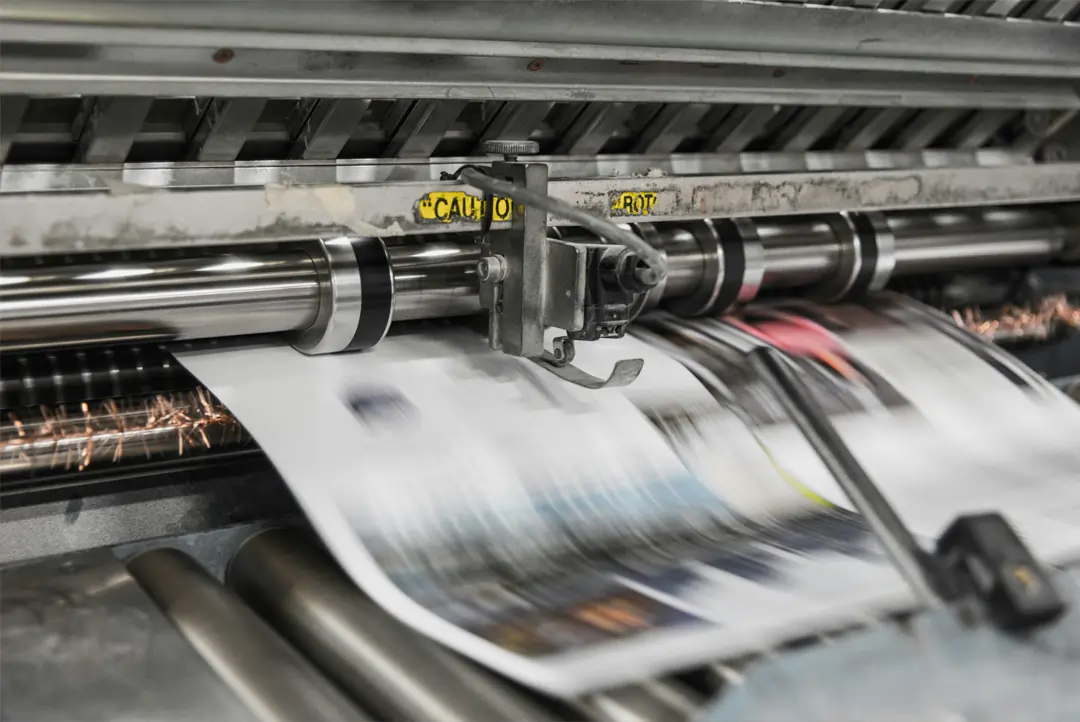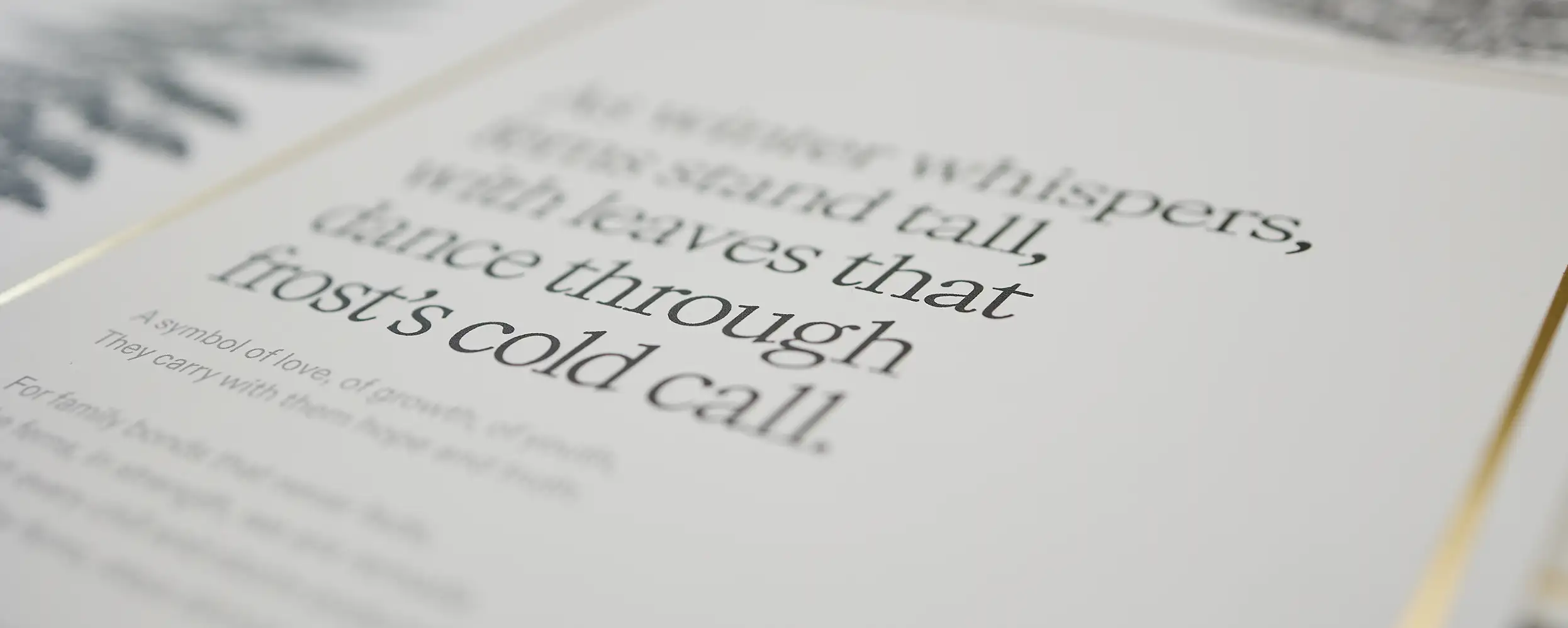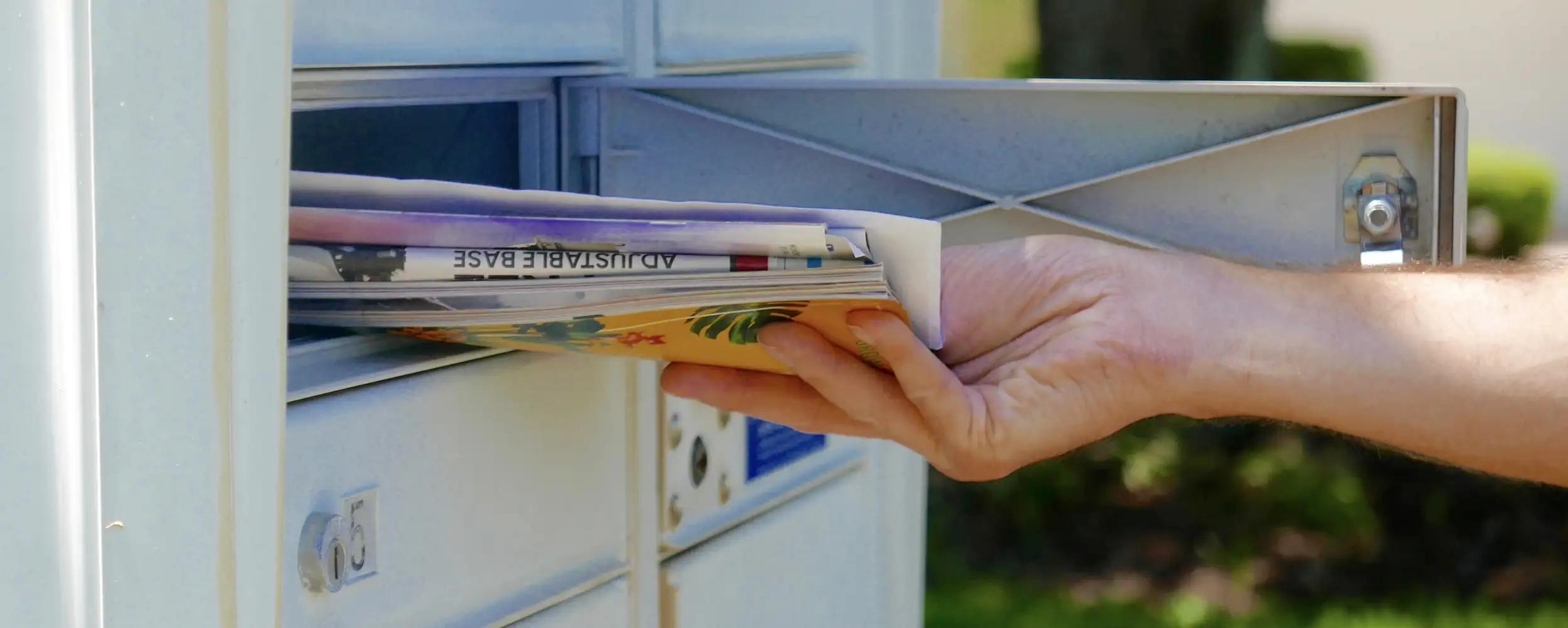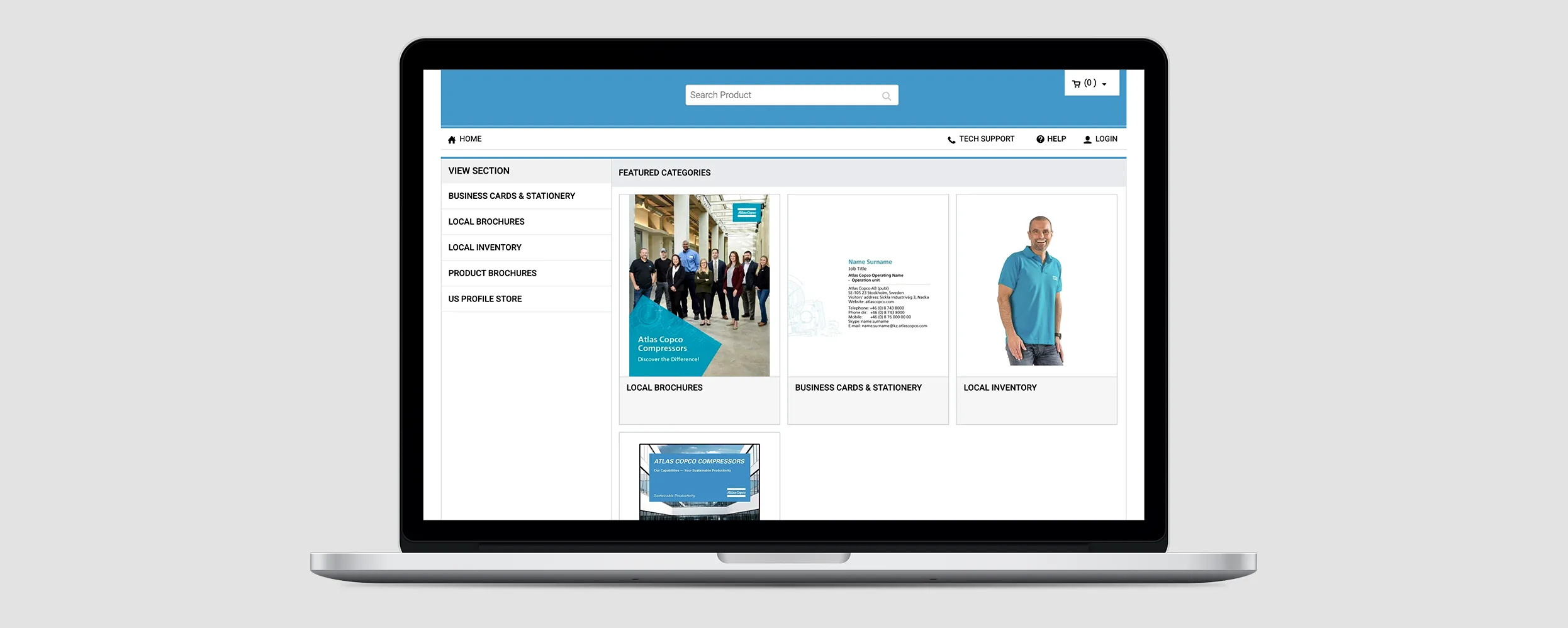Eco-Friendly Practices for Packaging
Consumers are shifting their preferences towards sustainability as they become more informed and environmentally conscious. No longer a niche market, eco-friendly practices have gone mainstream, with shoppers actively seeking products that align with their values. Brands that adopt sustainable initiatives are capturing additional customer loyalty and contributing to a global movement geared toward reducing environmental impact.
One area where we see an increased evolution is in packaging—specifically, offset printing. With packaging being a vital touchpoint between brands and consumers, there’s an increasing demand for sustainable packaging that doesn’t compromise on quality or visual appeal. Offset printing, long a cornerstone of packaging production is transforming. From the use of sustainable materials to greener inks and enhanced recycling initiatives, brands are finding innovative ways to reduce their environmental footprint while still delivering standout packaging.
Offset Printing
Offset printing, also called lithographic printing, remains one of the most popular printing methods. This printing method is preferred for high-volume printing, as it produces fewer emissions and wastage and has a lower per-unit cost1. Offset printing can be made more sustainable through these eco-friendly practices:
- Efficient Use of Resources: Offset printing uses plates, which can be created in a more efficient way through waterless processes, reducing the need for harmful chemicals. Plus, it allows for larger batch printing, which reduces waste compared to digital alternatives.
Optimized Design for Less Material: Sustainable packaging starts at the design phase. By optimizing the layout and minimizing excess space, companies can reduce the amount of material used in their packaging, cutting down both production costs and waste.
Eco-Friendly Inks
Traditional inks, often petroleum-based and containing volatile organic compounds (VOCs), pose environmental risks during both production and disposal. The shift toward sustainable printing solutions, such as these greener inks, reflects the growing trend of environmentally conscious practices in the industry.2
Soy-based inks, derived from renewable resources, reduce reliance on fossil fuels while delivering more vibrant colors and being easier to de-ink during recycling, making them a popular choice for eco-friendly printing. Water-based inks offer another sustainable option, containing fewer harmful chemicals and being biodegradable, which makes them ideal for non-toxic, VOC-free packaging. Algae-based inks, a cutting-edge innovation, are made from fast-growing algae and are entirely renewable, reducing the need for petroleum products while capturing carbon during production.
Sustainable Materials
In today’s world, where sustainability is a top priority, selecting the right packaging material is crucial for creating eco-friendly products. With food packaging alone responsible for almost half of global plastic waste, it’s clear that a significant shift to sustainable materials is necessary. Major brands have already begun moving away from conventional practices and using more sustainable alternatives. Nestlé has introduced paper-based, recyclable packaging for their confectionery items, while Unilever is making strides by using 100% recycled plastic in some of their cosmetic packaging.3,4
In our recent Next Level Packaging Blog, we highlighted the benefits of using folded cartons as an eco-friendly option. Here are a few additional materials gaining traction in industries like food, cosmetics, and pharmaceuticals:
- Recycled Paper: Opting for 100% post-consumer recycled paper reduces deforestation and lessens the demand for new raw materials. It’s a versatile option for packaging that supports a circular economy.
- Kraft Paper: This material, derived from unbleached wood pulp, is fully biodegradable and recyclable. It’s sturdy enough for shipping while minimizing environmental impact.
- Biodegradable Plastics: While plastic often has a negative connotation, biodegradable alternatives made from plant-based materials, such as cornstarch, are becoming more widely available. These materials decompose faster, reducing long-term environmental harm, especially in food and cosmetic packaging.
Recycling Practices
Offset printing can become more sustainable by incorporating robust recycling initiatives into the packaging process. One key approach is circular packaging, which focuses on creating packaging that is easily recyclable or even compostable, often using mono-materials that can be fully recycled without separating components.
Another strategy involves reducing packaging waste by experimenting with zero-waste designs, and eliminating unnecessary layers and bulk to minimize material usage. Additionally, using recycled inks and papers ensures that all packaging elements, from the outer package to paper inserts, are either recyclable or made from recycled materials, further reducing environmental impact.Sustainability isn’t just a trend—it’s a responsibility. By adopting eco-friendly materials, inks, and recycling practices, businesses can reduce their environmental footprint while staying competitive. DCC’s offset printing offers high-quality, sustainable packaging solutions that meet the growing demand for eco-conscious products with fast turnaround times and no minimum quantities. No matter your business verticle, our versatile folded cartons protect you while supporting your brand’s sustainability goals. As consumers increasingly choose eco-friendly options, we’re committed to evolving alongside them, ensuring our packaging remains innovative and responsible.
1 https://packhelp.com/en-us/what-is-offset-printing/
2https://www.vslprint.com/printing-nyc/offset/can-i-get-eco-friendly-inks-for-offset-printing-top-3-choices/
3https://www.nestle.com/media/news/recycling-packaging-waste-management
4https://www.unilever.com/sustainability/plastics/rethinking-plastic-packaging/



